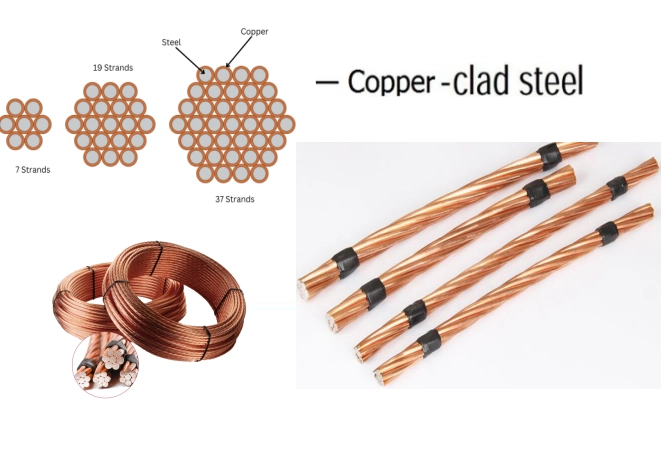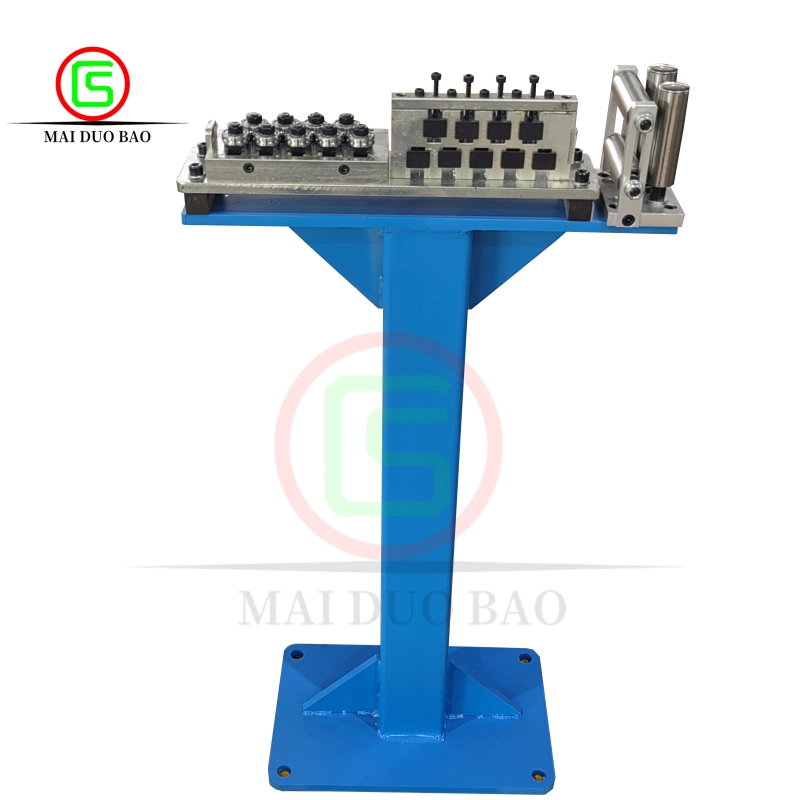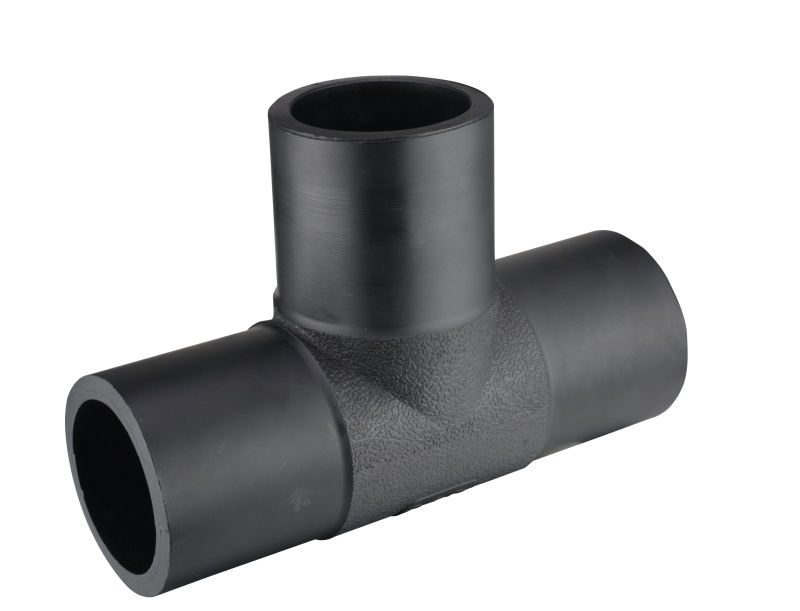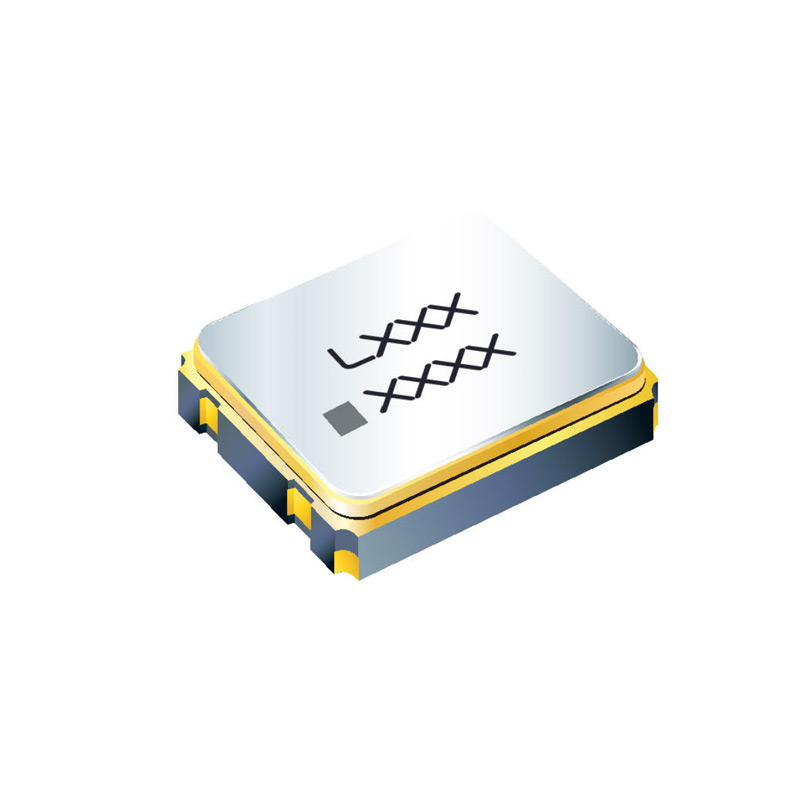Centrifugal compressors are widely utilized in various industrial applications, including HVAC systems, gas turbines, and petrochemical processes, due to their ability to efficiently compress gases at high flow rates. However, despite their advantages, these compressors come with significant drawbacks that can impact their performance and suitability for certain applications. In this post, we will explore the major disadvantage of centrifugal compressors, focusing on their operational limitations, efficiency concerns, and implications for system design.
Understanding the Basics of Centrifugal Compressors
Before delving into the disadvantages, it is essential to understand the operational principles of centrifugal compressors. These machines utilize a rotating impeller to impart kinetic energy to the gas, converting it into pressure energy as the gas flows through a diffuser. This design allows for high flow rates and relatively compact sizes, making centrifugal compressors a popular choice in many industries.
The Major Disadvantage: Limited Operating Range
The primary disadvantage of centrifugal compressors lies in their limited operating range, particularly concerning pressure ratios and flow rates. Unlike positive displacement compressors, which can handle varying flow conditions more effectively, centrifugal compressors are sensitive to changes in operating conditions. This sensitivity can lead to several operational challenges:
- Surge and Stall Phenomena: Centrifugal compressors are prone to surge and stall, which occur when the flow rate drops below a certain threshold. Surge is characterized by a rapid reversal of flow, leading to potential mechanical damage and operational instability. Stall, on the other hand, results in a loss of efficiency and can cause vibrations that may harm the compressor and connected equipment. These phenomena restrict the compressor's ability to operate efficiently across a wide range of conditions.
- Efficiency Drop at Low Flow Rates: Centrifugal compressors typically exhibit a significant drop in efficiency when operating at low flow rates. This inefficiency can lead to increased energy consumption and operational costs, making them less suitable for applications where flow rates fluctuate significantly. In contrast, positive displacement compressors maintain a more consistent efficiency across varying flow conditions.
- Design Constraints: The limited operating range of centrifugal compressors necessitates careful system design and control strategies to avoid surge and stall. This requirement can complicate the overall system architecture, leading to increased costs and potential reliability issues. Engineers must implement sophisticated control systems, such as variable speed drives or flow control valves, to maintain optimal operating conditions, further complicating the design process.
Implications for Application Selection
Given the limitations associated with centrifugal compressors, it is crucial for engineers and decision-makers to carefully evaluate their application requirements before selecting this type of compressor. Industries that experience consistent flow rates and pressure demands may find centrifugal compressors to be an excellent choice. However, applications characterized by variable flow conditions, such as those found in certain chemical processes or HVAC systems, may benefit more from positive displacement compressors or other alternatives.
Conclusion: Weighing the Pros and Cons
In conclusion, while centrifugal compressors offer several advantages, including high flow rates and compact design, their major disadvantage—limited operating range—can pose significant challenges in various applications. Surge and stall phenomena, efficiency drops at low flow rates, and design constraints necessitate careful consideration when selecting a compressor type. Understanding these limitations allows engineers to make informed decisions, ensuring optimal performance and reliability in their systems.




